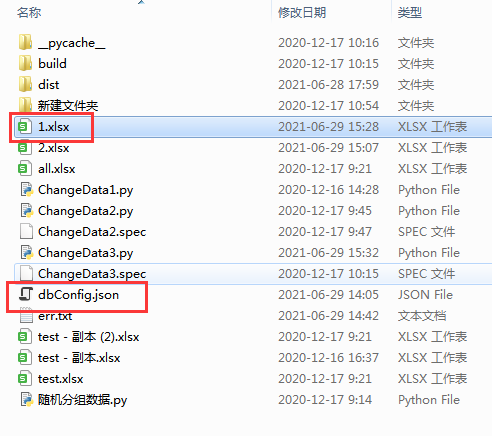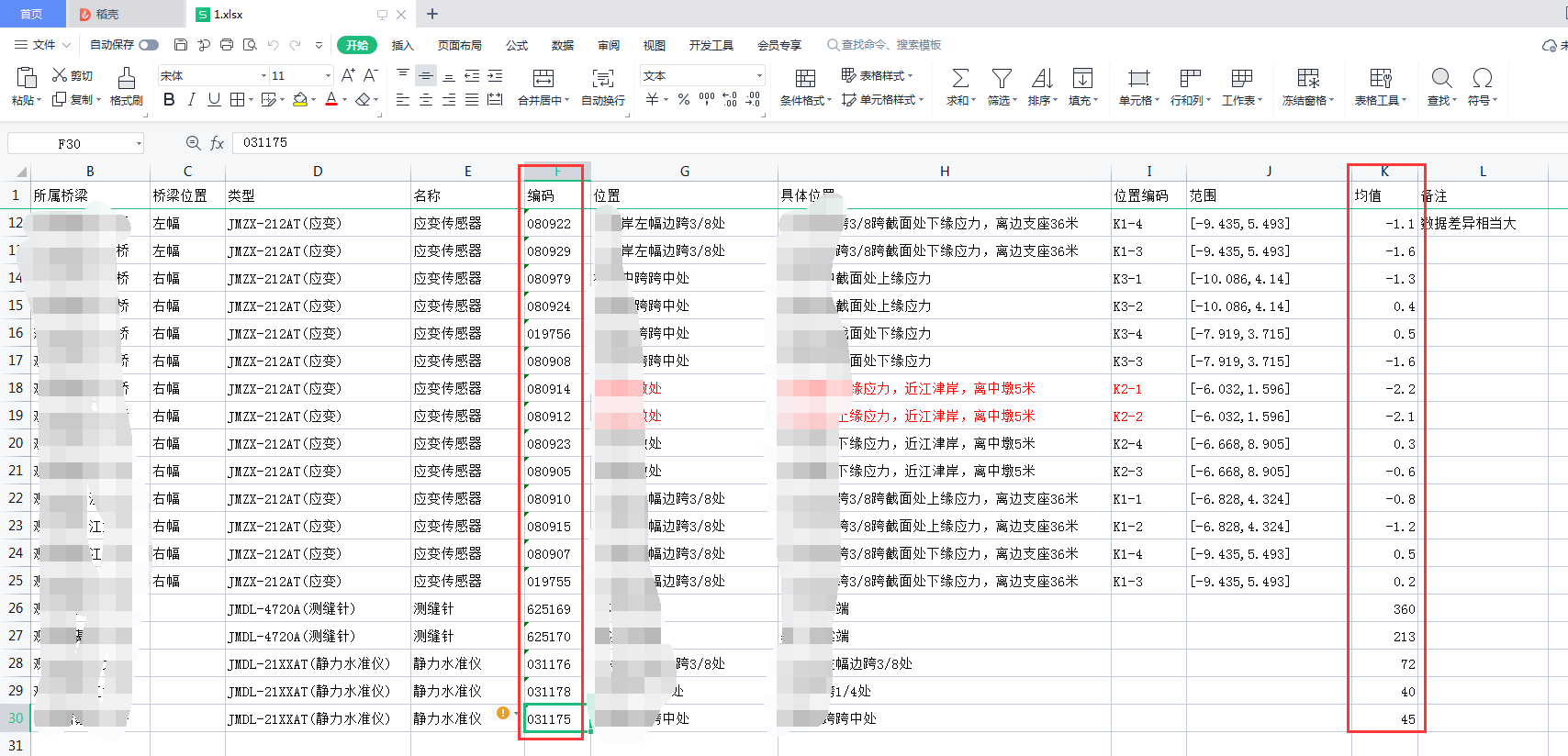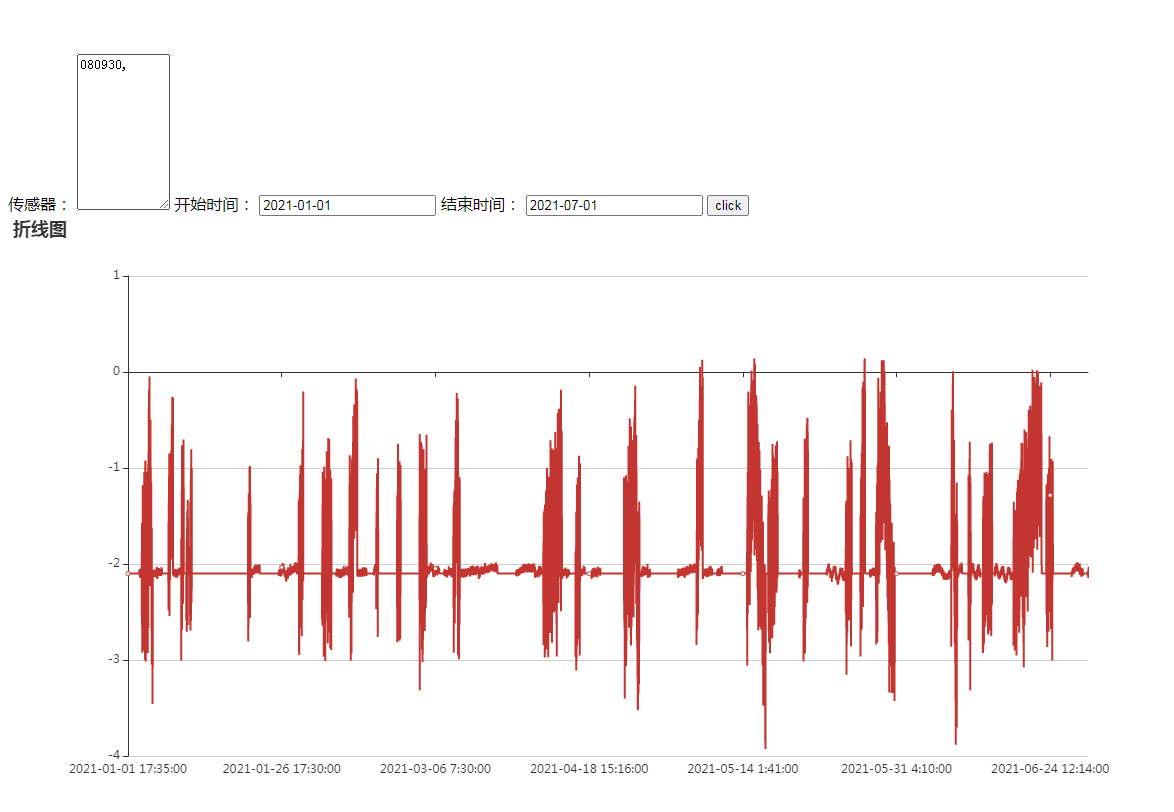import numpy as np
import math
import matplotlib.pyplot as plt
import pandas as pd
import pymssql
from random import choice
import json
import time
import os
class MSSQL:
# 类的构造函数,初始化数据库连接ip或者域名,以及用户名,密码,要连接的数据库名称
def __init__(self,host,user,pwd,db):
self.host=host
self.user=user
self.pwd=pwd
self.db=db
# 得到数据库连接信息函数,返回: conn.cursor()
def __GetConnect(self):
self.conn=pymssql.connect(host=self.host,
user=self.user,
password=self.pwd,
database=self.db,
charset='utf8')
cur=self.conn.cursor() #将数据库连接信息,赋值给cur。
if not cur:
raise(NameError,"连接数据库失败")
else:
return cur
#执行查询语句,返回的是一个包含tuple的list,list的元素是记录行,tuple的元素是每行记录的字段
def ExecQuery(self,sql):
cur = self.__GetConnect() #获得数据库连接信息
cur.execute(sql) #执行Sql语句
resList = cur.fetchall() #获得所有的查询结果
self.conn.close() #查询完毕后必须关闭连接
return resList #返回查询结果
#执行Sql语句函数,无返回结果的,方向修改的
def ExecNonQuery(self,sql):
cur = self.__GetConnect()
cur.execute(sql)
self.conn.commit()
self.conn.close()
# new一个对象
# mssql = MSSQL('192.168.2.51', 'sa', 'Sql123456', 'AEHMS20201216')
# mssql = MSSQL('.', 'sa', 'sa', 'AEHMS20201216')
mssql = None
def randomSplit(total):# 随机分组数据
foo = [60,80,150,200,300,600]
count = 0
arr= []
bl = True
while (bl):
num = choice(foo)# 随机取值
if count + num >= total:# 最后随机取的那个数 超出当前范围 break
break
arr.append(num)
count+=num
if total != count:# 追加最后一个元素
arr.append(total-count)
print(count)
print(arr)
seg = []# 值如:[(0,50),(50,200)]
print('--------------')
curCount=0
for num in arr:
start = curCount
end = curCount + num
seg.append((start, end))
print(start, end)
curCount=end
print(seg)
return seg
def createData(pointNum, avgValue): # 生成周期性数据
long=pointNum # 400个步长,x轴的总长度
base=avgValue # 均值
ybase = np.zeros((1,long))[0] + base # 所有数据
period_multiply = 0.1 # 越大,幅值越大,调整波峰
period_frequency = 500 # 越大,周期越大
all_period_multiply = [0.1, 0,2]# 预设多个幅值 [0.1, 0,2, 0.3, 0.4, 0.5]
all_period_frequency = [50, 150, 200, 300, 400, 600, 800, 1000, 1300]# 预设多个周期值
seg = randomSplit(pointNum)# 原始: seg = [(0, pointNum)]
for (i,j) in seg: # 一组一组数据的遍历
print(i, j)
period_multiply = choice(all_period_multiply)# 随机取值
period_frequency = choice(all_period_frequency)# 随机取值
n = j-i # n=40,40 50
x = np.arange(n)
season1 = 0.2 * np.array([math.sin(i*0.2/period_frequency*math.pi) for i in x])
season2 = 0.5 * np.array([math.sin(i*0.5/period_frequency*math.pi) for i in x])
noise = np.random.normal(0, 0.2, len(x))
y = season1 + season2 + noise # 可以叠加多尺度周期和噪声
# y = season1+season2
for idx in range(i, j): # 遍历具体的点
# print(idx, period_multiply)
value1 = ybase[idx] + y[idx-i] * period_multiply
value2 = round(value1, 3) # 保留三位小数
ybase[idx] = value2
# plt.figure(figsize=(15, 3.5))
# plt.plot(ybase)
# plt.tight_layout(pad=0.4, w_pad=0.5, h_pad=2.0)
# plt.show()
return ybase
# # 测试
# points = createData(200, 1.2)
# print(points)
def getIdsByCode(code): # 获取 ids by code
sql = "SELECT ID FROM tb_SensorRecord WHERE Code='{}' AND GetTime>='2021-01-01' AND GetTime<='2021-07-01' ORDER BY ID ASC".format(code)
results = mssql.ExecQuery(sql)
arr_ids = []
for row in results:
arr_ids.append(row[0])
return arr_ids
# # 测试
# ids = getIdsByCode('080906')
# print(len(ids))
# # 测试 执行sql语句
# mssql.ExecNonQuery("UPDATE tb_SensorRecord SET NewValue1='1' WHERE ID='4178839'")
# print('ok')
def getSensor(): # 获取所有的传感器,从Excel中读取传感器
arr_sensors = []
df = pd.read_excel('1.xlsx', dtype={'编码': np.str_}) # dtype指定列的数据类型
for index, row in df.iterrows():
arr_sensors.append({"code":row["编码"], "avgValue":row["均值"]})
return arr_sensors
# # 测试
# sensors = getSensor()
# print(sensors)
# 主逻辑
startTime = time.perf_counter()
curCode = ''
try:
dbConfig = {
'host' : '',
'user' : '',
'pwd' : '',
'db' : ''
}
with open('dbConfig.json', 'r') as f:# 从文件中读取配置信息
dbConfig = eval(json.load(f))
print(dbConfig)
mssql = MSSQL(dbConfig["host"], dbConfig["user"], dbConfig["pwd"], dbConfig["db"])
sensors = getSensor()
for item in sensors: # 遍历传感器
print(item)
code = item["code"]
avgValue = item["avgValue"]
curCode = code
ids = getIdsByCode(code)
points = createData(len(ids), avgValue)
sql = ""
for index, value in enumerate(ids):
print(index, value, points[index])
sql += "UPDATE tb_SensorRecord SET NewValue1='{0}' WHERE ID='{1}';".format(points[index], value)
if (index % 8000 == 0):# 间隔写入到数据库
print("正在写入到数据库1")
mssql.ExecNonQuery(sql)
sql = ""
if sql.strip() != '':
print("正在写入到数据库2")
mssql.ExecNonQuery(sql)
sql = ""
print('处理完成')
except Exception as e:
print('Error:', e)
with open('err.txt', 'w') as f:
json.dump(str(e)+",当前传感器:"+curCode, f)
finally:
endTime = time.perf_counter()
print("The function run time is : %.03f seconds" %(endTime-startTime))
os.system('pause')# 避免执行完后自动关闭控制台
需要的外部文件

json配置文件,用于放数据库链接
"{"host": ".", "user": "sa", "pwd": "sa", "db": "AEHMS20210629"}"
Excel文件,用于指定需要修改的传感器和均值

修改后的数据预览
